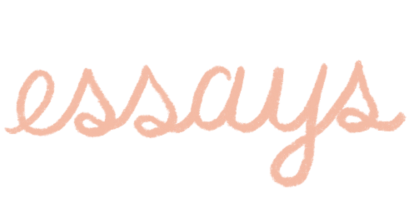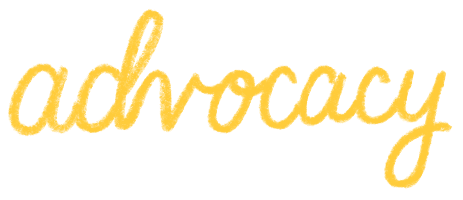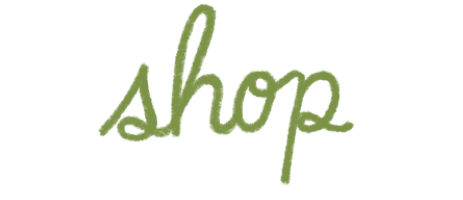Hello everyone! At the bottom of today’s post I’m sharing a document of resources I have worked on gathering to amplify and incorporate Native voices into the music classroom. A few years ago as I was completing my level III Kodaly training we were honored to receive a lecture on researching and incorporating Native American music into our music classrooms. We had two guest lecturers, Emily Soderberg and Brenda Beyal. Emily is a Kodaly music specialist turned curriculum developer and Brenda is Diné (Navajo) and a program coordiator with NACI (Native American Curriculum Initiative). Together they work with the 5 tribes and 8 sovereign nations across our state to learn from the culture bearers and create tribe-approved curriculum that further their tribe goals when it comes to what they want school children to learn and know about them.
It was an absolutely fascinating lecture, and it really shifted my perspective! I’ll link here to the slideshow Emily has given me permission to share. It has a wealth of research and information and great starting off point for anyone looking to learn more (like me, I’m still learning too!). It is somewhat regionally specific to our state but is a great resource none the less!
One of my biggest takeaways from this lecture was learning that in different Native tribes, some music is inappropriate to share to non-Natives, some music can only be listened to (not sung) by non-Natives, and some music can only be sung by certain groups (for example, only sung by women). It is so important to learn the cultural context of a song and ensure that it is tribe-approved and permitted to be sung before sharing the song with your class.
Brenda also expressed that one of the biggest goals tribe leaders have is to let Utah school children know that Native Americans are still here–they are a current people, not just “ancient history”. Many times when we talk about the Native tribes of Utah we learn them in the context of Utah history–the development and establishment of the state of Utah (roughly 130 years ago!). It is important to acknowledge the complex history of the colonization of Utah when the first pioneer settlers entered the state in the mid 1800s, but it is also so important to celebrate and promote the current Native voices, musicians, artists, and dancers in our state and share their work with our students and children, furthering the tribes' goal.
Emily and Brenda have authored tribe-approved lesson plans which I will link here–select “Native American” from the filters on the left (they are also on the resource page below!). These lessons are rigorous and purposeful. They are careful to honor rather than appropriate Native Culture. I love how they provide the cultural context of the tribe they are sharing a song or story from, and even have maps and photographs to show children the context of the song.
I am still in my learning/doing better phase. I have been researching endlessly and still have yet to scratch the surface. The work is deep and wide, and what I am sharing today is a snapshot of my current point in my journey. I only seek to amplify the work and knowledge I have learned and gathered since that lecture two years ago, and the research and resources page below is by no means a comprehensive or complete resource. I am sharing this resource as a google doc rather than as a published pdf because I will try to continue to update it as I learn more. It has links for us to see lesson plans created by Emily and Brenda through NACI, view some current Native artists and musicians, and learn from culture bearers.
Click here to access the resource page
Happy singing!
-Lauren





